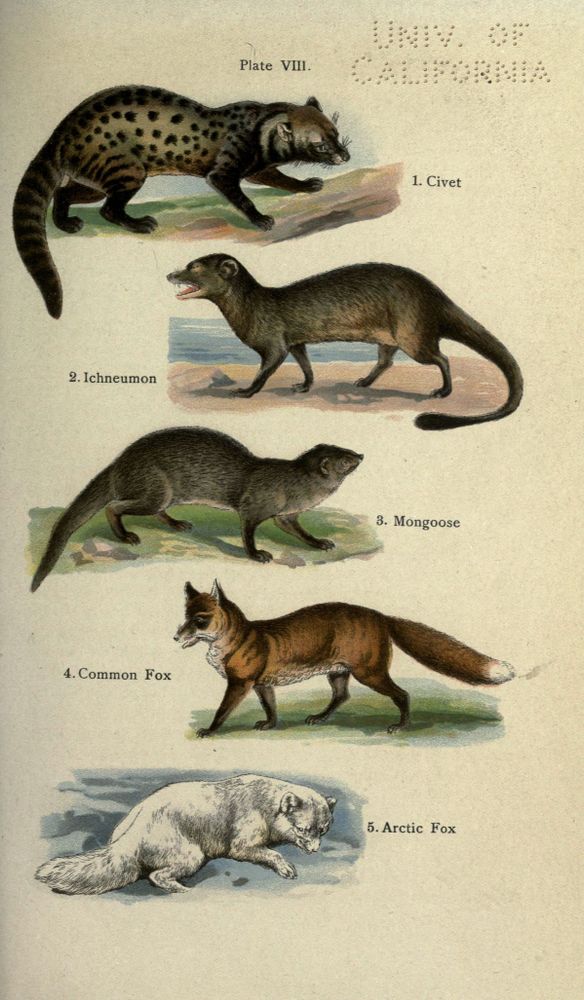



London: Published by the author, 20, Broad Street, Golden Square, [1852]-1854.
[Source]

London: Published by the author, 20, Broad Street, Golden Square, [1852]-1854.
[Source]







[London]: Published for the Zoological Society of London by Academic Press.
[Source]

[London]: Published for the Zoological Society of London by Academic Press.
[Source]













